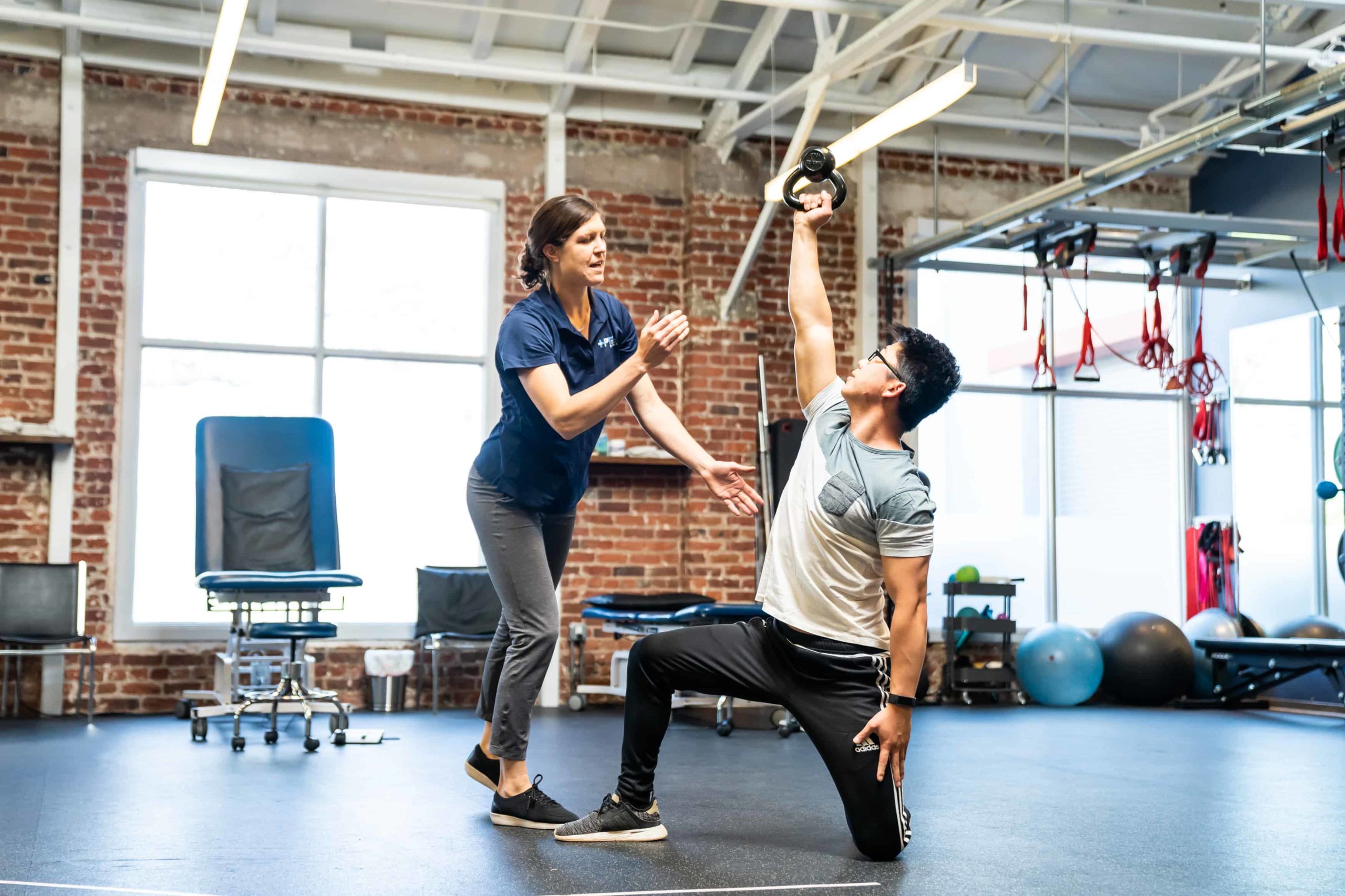Understanding the Methods to Physiological Treatment for Improved Recovery plus Restoration
Understanding the Methods to Physiological Treatment for Improved Recovery plus Restoration
Blog Article
Physical therapy is one important component of healing and rehabilitation for many patients. It aids patients recover strength, boost movement, and reduce pain subsequent to injuries or surgeries or operations. Various methods to physical treatment, every tailored to address the distinct needs of patients. Understanding these various methods can aid patients make educated choices about their recovery path.
A common technique to bodily rehabilitation is manual treatment. This method entails hands-on care by a physical practitioner to handle muscle tissue and joints. Physical rehabilitation can help alleviate pain, boost blood flow, and increase range of motion. Therapists may employ approaches such as manipulation, joint mobilization, and elongation to assist patients rehabilitate. This technique is commonly helpful for those with musculoskeletal problems, such as back discomfort or arthritis, as it concentrates on the physical components of healing.
An additional crucial technique is therapeutic movement. This method entails specific movements designed to boost strength, stability, and coordination. Bodily practitioners design customized movement regimens based on the client's condition and goals. Such activities can vary from easy exercises to more challenging activities. Restorative exercise is crucial for regaining power after an incident and preventing subsequent complications. This also assists patients restore belief in their physical capabilities, which is essential for overall healing.
Pool rehabilitation is an additional beneficial method that utilizes water article source to assist in recovery. Such approach utilizes the floatation of liquid, which minimizes the pressure on connections and facilitates more comfortable activity. Clients can carry out movements in a swimming pool, making it a fantastic choice for those with limited mobility or pain. Aquatic treatment can aid boost vigor, mobility, and endurance while offering a nurturing setting for rehabilitation. It is particularly advantageous for clients rehabilitating from operations or those with long-term discomfort conditions.
Lastly, learning and autonomy are essential parts of bodily rehabilitation. Physiological therapists not only provide treatment but furthermore educate clients about their conditions and how to manage them. Such comprises comprehending body movement, posture, and the significance of remaining engaged. By equipping clients with information, therapists help them adopt an proactive part in their recovery. Such method encourages individuals to continue their recovery outside care appointments, resulting to better enduring results.
In conclusion, bodily rehabilitation provides various techniques to improve recovery and restoration. Hands-on rehabilitation, restorative physical activity, aquatic treatment, and knowledge all play crucial parts in helping clients restore their strength and flexibility. Every method is designed to satisfy the unique needs of patients, providing a holistic technique to recovery. By understanding these different approaches, individuals can more successfully manage their recovery process and endeavor towards reaching their recovery goals.